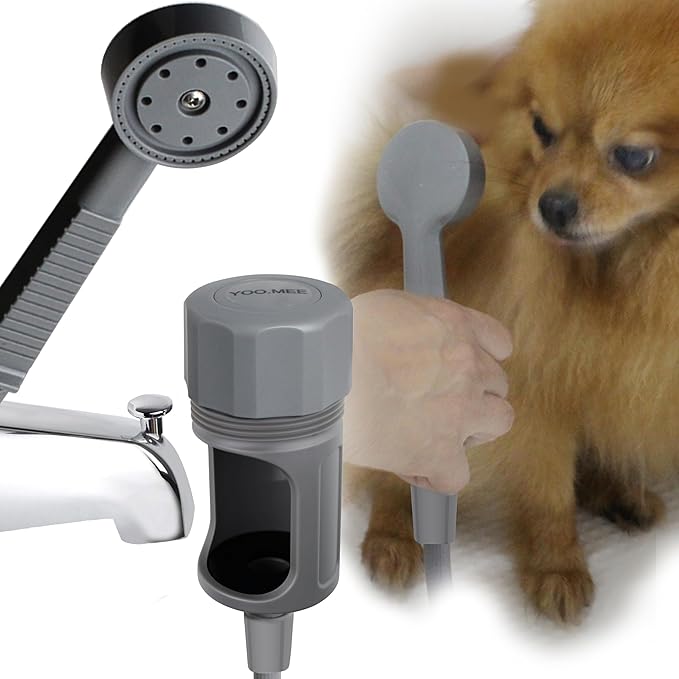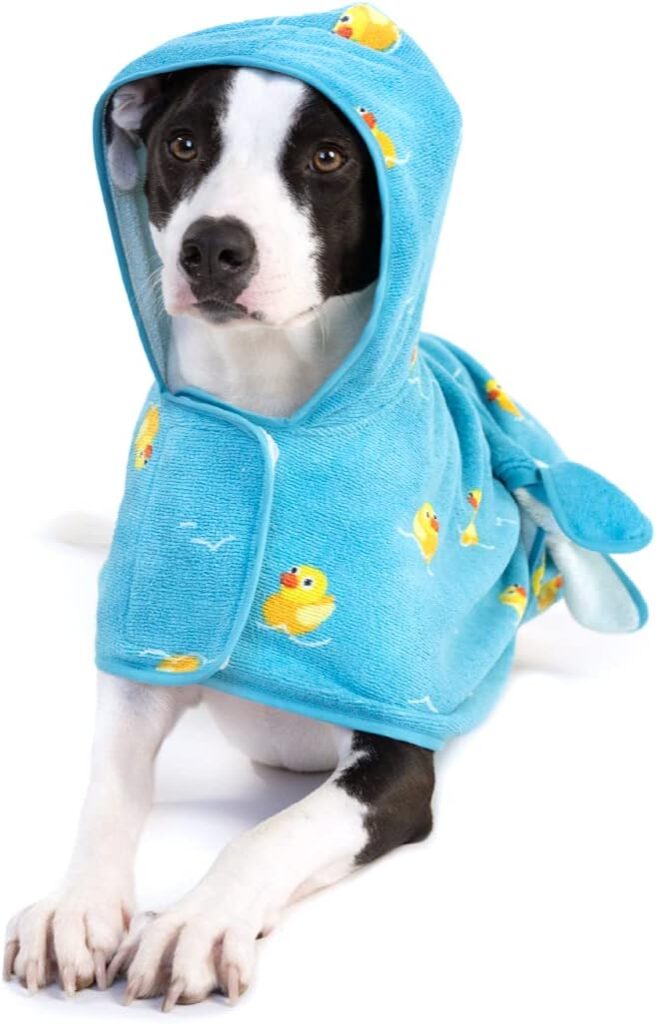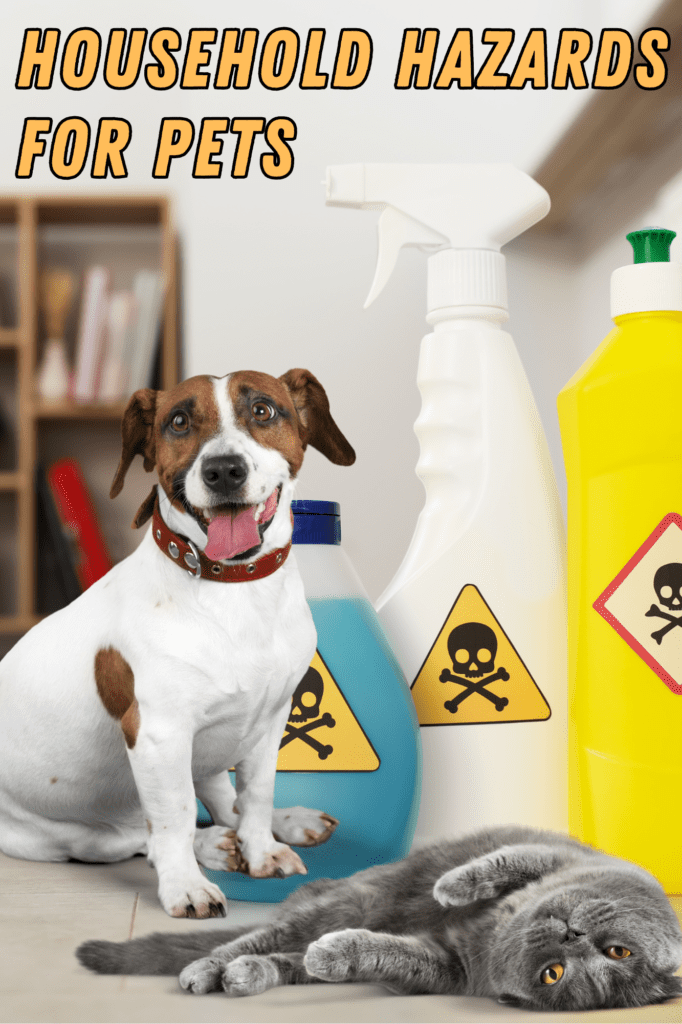This “How to Bathe Your Dog: Essential Tips and Tools” post may contain affiliate links, which means I’ll receive a commission if you purchase through my link, at NO EXTRA COST TO YOU
How to Bathe Your Dog: Essential Tips and Tools
Bathing your dog is an essential part of pet care, ensuring your furry friend stays clean, healthy, and comfortable. However, the process can be tricky, especially if your dog isn’t a fan of water. This guide will walk you through the best tips and must-have essentials for a successful dog bath, making the experience enjoyable for both you and your pet.
1. Gather Your Essentials Before You Start
Before you begin, it’s important to have everything you need within arm’s reach. This will make the process smoother and prevent any unnecessary interruptions. Here’s a checklist of essentials:
- Dog Shampoo: Use a shampoo specifically designed for dogs. Human shampoos can be too harsh and may disrupt the natural oils in your dog’s skin.




- Dog Conditioner (Optional): If your dog has a longer coat or tends to get dry skin, a conditioner can help keep their fur soft and manageable.
- Brush/Comb: Pre-bath brushing helps remove loose fur and tangles, making the bathing process easier.


- Non-Slip Mat: Place a mat in the tub or sink to prevent your dog from slipping and to help them feel more secure.
- Cup or Hose Attachment: A cup or a detachable shower head helps you rinse off your dog thoroughly, making sure no soap residue is left behind.


- Towels: Have a few towels ready to dry your dog off after the bath. Microfiber towels are particularly effective at absorbing water.



- Treats: Keep some treats on hand to reward your dog for good behavior during and after the bath.
2. Pre-Bath Preparation
Preparation is key to a successful bath time. Here are a few steps to take before you get started:
- Brush Your Dog: Brushing your dog before the bath helps remove loose fur, debris, and any tangles that could become worse when wet.
- Test the Water Temperature: Make sure the water is lukewarm. Water that is too hot or too cold can be uncomfortable and may make your dog more resistant to baths in the future.
- Protect Your Dog’s Ears: Water in your dog’s ears can lead to infections. Consider placing a cotton ball in each ear (without pushing it in too far) to prevent water from entering.
3. The Bathing Process
When it’s time to bathe your dog, keep these tips in mind to ensure a smooth process:
- Start Slowly: Gently wet your dog’s coat, starting from the back of their neck and working your way down. Avoid spraying directly on their face.
- Apply Shampoo: Lather the dog shampoo into your dog’s fur, focusing on areas that tend to get dirtier, like the paws and underbelly. Be careful around the eyes, ears, and mouth.
- Rinse Thoroughly: It’s crucial to rinse out all the shampoo, as any residue can cause skin irritation. Use a cup or hose attachment to ensure the water flows through your dog’s fur, rinsing out all the soap.
- Condition (Optional): If you’re using a conditioner, apply it after rinsing the shampoo. Let it sit for a few minutes before rinsing it out thoroughly.



4. Post-Bath Care
Once the bath is done, it’s important to dry your dog properly to avoid any discomfort or potential skin issues:
- Drying: Use a towel to gently pat your dog dry, removing as much water as possible. If your dog tolerates it, you can use a blow dryer on a low, cool setting, keeping it at a safe distance from their skin.
- Brush Again: After your dog is mostly dry, give them another brush to help remove any remaining loose fur and to keep their coat looking neat.
- Reward: Always reward your dog with a treat or some playtime after a bath. This helps create a positive association with bath time.

5. Additional Tips
- Frequency of Baths: Bathing frequency depends on your dog’s breed, coat type, and lifestyle. Generally, once a month is sufficient, but dogs with oily coats or those that spend a lot of time outdoors may need more frequent baths.
- Avoid Over-Bathing: Bathing too often can strip your dog’s coat of its natural oils, leading to dry skin and irritation.
- Use a Gentle Touch: Be gentle and calm throughout the process to help your dog feel at ease. If your dog is particularly anxious, consider enlisting the help of a professional groomer.
Conclusion
Bathing your dog doesn’t have to be a daunting task. With the right tools, preparation, and a gentle approach, you can make bath time a positive experience for both you and your dog. Keep these tips and essentials in mind, and you’ll be well on your way to a clean, happy pup!
© Copyright 2024. All rights reserved.





